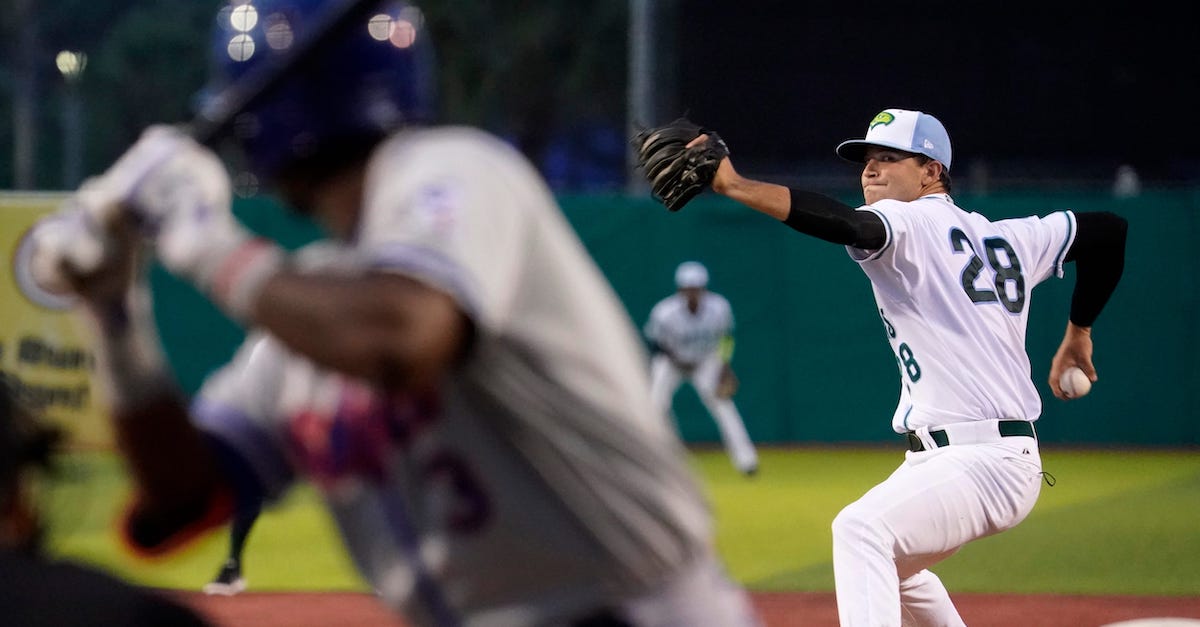Padres, Twins Crash Opening Day With Layered Exchange

With the 2021-22 offseason in the books, it’s clear we’ll remember it, at least in part, for how the Twins of all teams took the reins and strengthened their roster. They flipped Mitch Garver for Isiah Kiner-Falefa, who then went to the Yankees along with Josh Donaldson in exchange for Gio Urshela and Gary Sánchez. It wasn’t much of a downgrade, and the move gave Minnesota the opportunity to sign Carlos Correa, the biggest free agent of the offseason.
And now, here’s the cherry on top. In an attempt to address the fragility of their rotation, the Twins had already traded for Sonny Gray. But one good pitcher can’t lift an entire staff, so they went ahead and acquired another starter. And as we’ll discuss later, there were several other intriguing players involved in the deal. A fairly complex trade on the morning of Opening Day? Don’t mind if I do. Here’s the basic breakdown:
Padres Get
Twins Get
This started off as a discussion about the Twins, but let’s actually begin with the Padres’ return. Now, the bullpen down in San Diego was never projected to be an issue. If anything, it’s one of the league’s better ones, as evidenced by an 11th-place spot on this year’s positional power rankings. But it did lack a clear ninth inning stalwart after the departure of Mark Melancon, a problem made more obvious by last week’s Opening Day fiasco. With Rogers not yet with the team, Craig Stammen allowed a walk-off three-run bomb to Seth Beer (on National Beer Day, no less). Read the rest of this entry »








